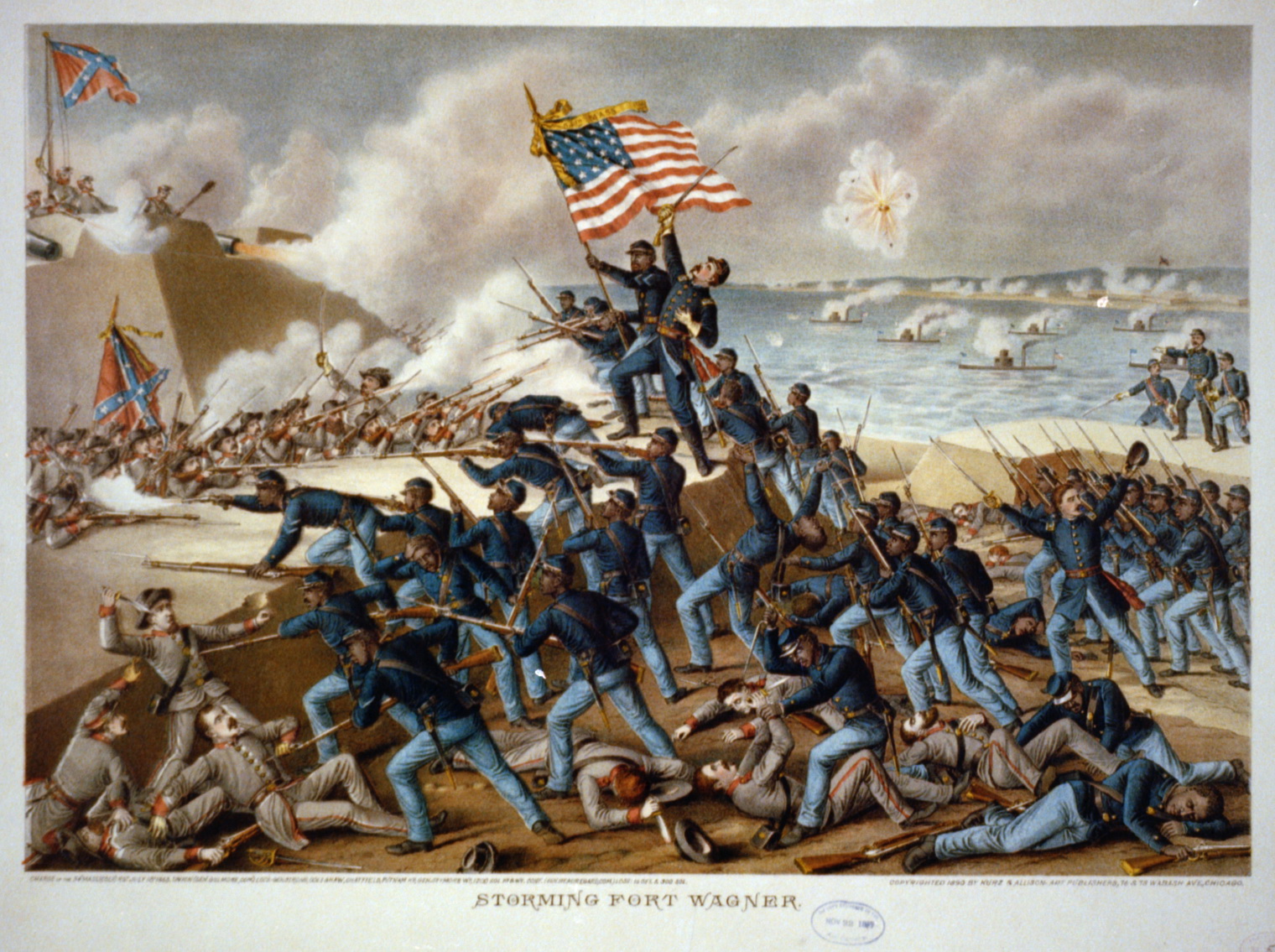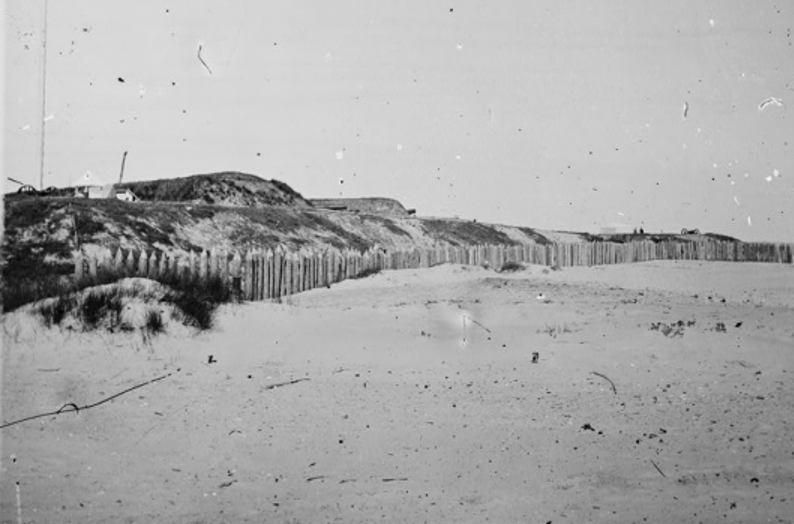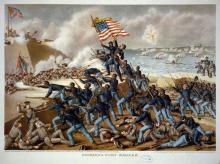Laying the Ground Work
The first step in recruiting African Americans was the Second Confiscation and Militia Act which gave Lincoln the authority “to employ as many persons of African descent as he may deem necessary and proper for the suppression of this rebellion…in such manner as he may judge best for the public welfare.” This act formed a number of unofficial African American regiments in Louisiana, Kansas and South Carolina. However, it wasn’t until the Emancipation Proclamation was issued on January 1, 1863 that official African American regiments formed.
Forming The 54th Massachusetts
On January 26, 1863, Secretary of War Edwin Stanton authorized the official recruitment and formation of African American regiments. Shortly after, Massachusetts Governor John A. Andrew reached out to Boston’s African American and abolitionist communities to help with recruitment of soldiers to the Union Army. Excited by the news, these individuals worked tirelessly to recruit soldiers. Church sermons, public events, newspapers, posters and pamphlets were all used to promote recruitment. Frederick Douglass and Major Martin Robinson Delany also assisted with recruitment. Douglass’s two sons, Charles and Lewis, were some of the first to enlist.
Recruitment was so successful that over 1,000 men had volunteered by May 14, 1863. Volunteers came from all over the country, and even Canada and the Caribbean. This new regiment became the 54th Massachusetts, the second African American regiment of the United States Army. Roughly 25% of the volunteers were from southern states, many of them formerly enslaved.
Early Days
Trainings were done just outside of Boston at Camp Meigs, and the unit was commanded by Colonel Robert Shaw. Once training was complete, over 20,000 people (including Frederick Douglass and William Lloyd Garrison) gathered at Boston Commons on May 28, 1863 to send them off to active duty. The crowds cheered as the soldiers boarded the ship De Molay that was destined for South Carolina.
After weeks of manual labor and engaging in a small fight with Confederate troops on James Island, Colonel Shaw requested that his troops have the opportunity to lead the next assault against Confederate troops. When the 54th arrived outside of Fort Wagner, South Carolina on the evening of July 18, 1863, Colonel Shaw got his wish. That evening he told his men:
“I want you to prove yourselves… The eyes of thousands will look on what you do tonight.”
This was the moment they all had waited for. The opportunity to prove their valor—to fight for freedom.






